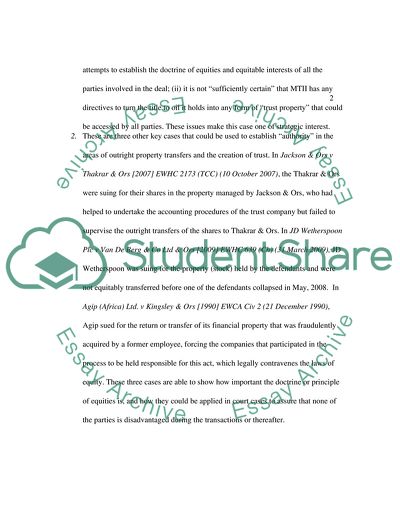Cite this document
(Equity and Transfer of Property Term Paper Example | Topics and Well Written Essays - 1500 words - 1, n.d.)
Equity and Transfer of Property Term Paper Example | Topics and Well Written Essays - 1500 words - 1. https://studentshare.org/law/1749105-property-law-learning-portfolio-task-about-equity-and-transfer-of-property
Equity and Transfer of Property Term Paper Example | Topics and Well Written Essays - 1500 words - 1. https://studentshare.org/law/1749105-property-law-learning-portfolio-task-about-equity-and-transfer-of-property
(Equity and Transfer of Property Term Paper Example | Topics and Well Written Essays - 1500 Words - 1)
Equity and Transfer of Property Term Paper Example | Topics and Well Written Essays - 1500 Words - 1. https://studentshare.org/law/1749105-property-law-learning-portfolio-task-about-equity-and-transfer-of-property.
Equity and Transfer of Property Term Paper Example | Topics and Well Written Essays - 1500 Words - 1. https://studentshare.org/law/1749105-property-law-learning-portfolio-task-about-equity-and-transfer-of-property.
“Equity and Transfer of Property Term Paper Example | Topics and Well Written Essays - 1500 Words - 1”. https://studentshare.org/law/1749105-property-law-learning-portfolio-task-about-equity-and-transfer-of-property.


